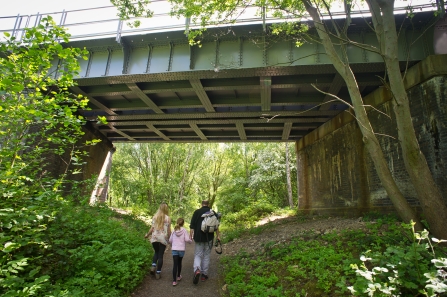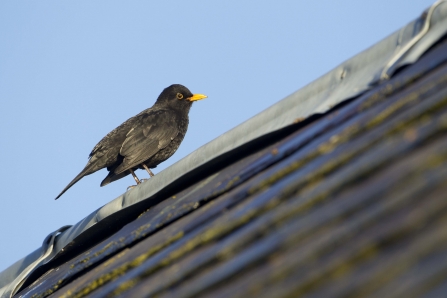Urban parks in towns or cities are often called the lungs of the built environment. Not only do they help improve the urban air quality and improve the urban microclimate, they are often an area of respite for residents, bringing proven psychological, social and health benefits.
Urban green spaces are often the first contact that people have with nature, whether that’s as a child walking through an urban space for play, or as an adult using the space as a walking route to somewhere else.
I wonder if I can hold your attention for a short while to illustrate the wildlife you might spot next time you pass your patch of urban green space.
How old your local park is will determine how it’s designed. Victorian parks were often set out with tree lined avenues and ornate flower beds, while those designed in the last 40 years as part of residential housing estates are often planned with a play area or open area of grass for sports activities.



